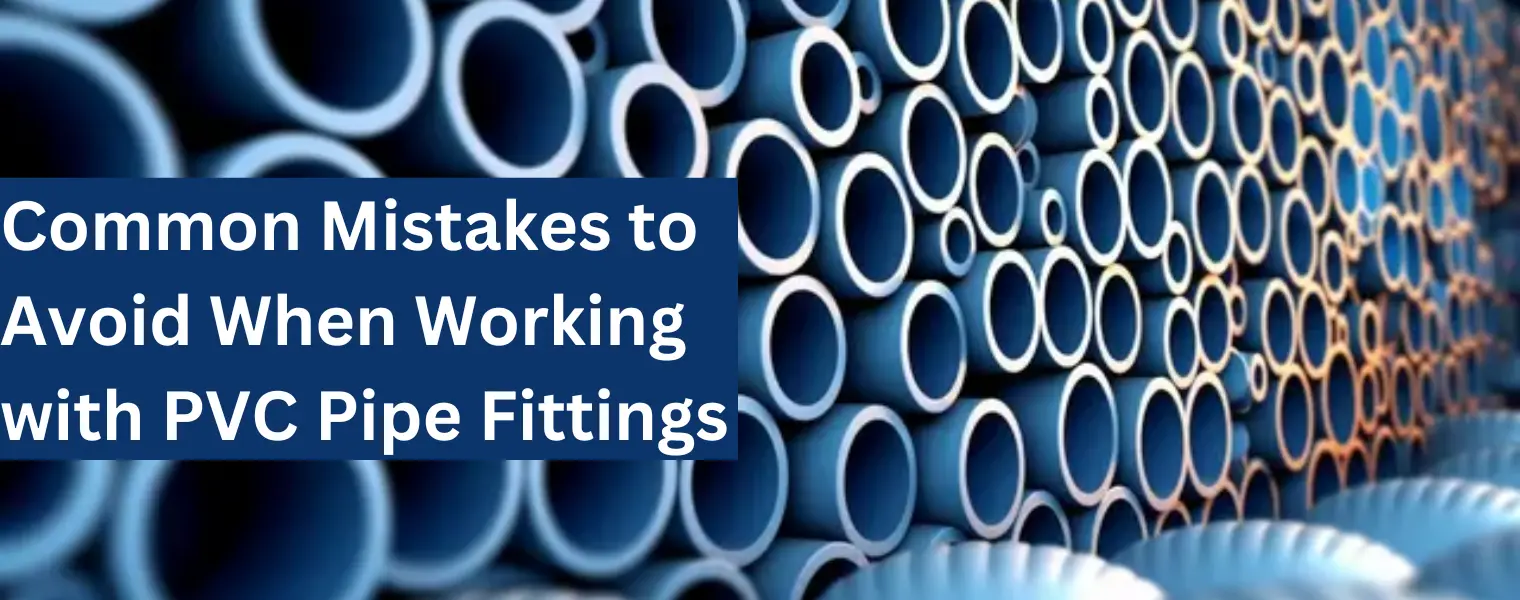
Polyvinyl chloride (PVC) pipe fittings are widely used in plumbing and irrigation systems due to their durability, affordability, and ease of installation. However, working with PVC fittings requires precision and attention to detail to ensure a reliable and leak-free system. In this blog post, we will explore some common mistakes that people often make when working with PVC pipe fittings and discuss how to avoid them.
One of the most frequent errors when working with PVC pipe fittings is improper cutting. Using the wrong tools or rushing through the cutting process can lead to uneven edges, making it challenging to create a proper seal. To avoid this mistake, invest in a quality PVC pipe cutter or hacksaw and ensure that the cut is straight and clean. It's crucial to deburr the edges afterward to prevent interference with the fitting.
Dry-fitting is a crucial step that many DIY enthusiasts or professionals sometimes overlook. Dry-fitting involves assembling the PVC fittings and pipes without applying any adhesive to check the alignment and make sure everything fits snugly. Skipping this step can lead to misalignments and measurement errors, resulting in leaks or weak joints. Always take the time to dry-fit your components before applying any adhesive.
Properly applying solvent cement is essential for creating a strong and leak-proof bond between PVC fittings and pipes. The common mistake here is either using too much or too little solvent cement. Follow the manufacturer's guidelines regarding the application of solvent cement, ensuring that you coat both the pipe and fitting evenly. Also, make sure to work quickly, as the cement sets rapidly.
PVC primer is often overlooked but plays a critical role in ensuring a secure connection. Primer prepares the surface of the PVC for the adhesive, improving the bond strength. Neglecting to use primer may result in a weaker joint and increase the likelihood of leaks. Always apply primer before using solvent cement to enhance the reliability of your PVC connections.
PVC pipes and fittings can be sensitive to temperature fluctuations. Installing PVC fittings in extremely hot or cold conditions may affect their performance and lead to expansion or contraction. Before installation, check the manufacturer's recommendations for temperature limits and ensure that you're working within the specified range to prevent issues down the line.
PVC pipes come in different schedules and types, each designed for specific applications. Using the wrong type of PVC pipe for your project can compromise the system's integrity. Familiarize yourself with the various PVC pipe types and their intended uses, and always choose the appropriate material for your specific application.
Achieving a successful and dependable plumbing or irrigation system with PVC pipe fittings demands meticulous attention to detail and a commitment to best practices. Steering clear of these common mistakes is crucial for bolstering the durability and efficiency of your PVC pipe connections. Ensure precision in measurements, conduct thorough dry-fittings, employ the appropriate tools, and adhere closely to manufacturer guidelines. For all your PVC pipes and fittings needs, feel free to reach out us at Polyfab.